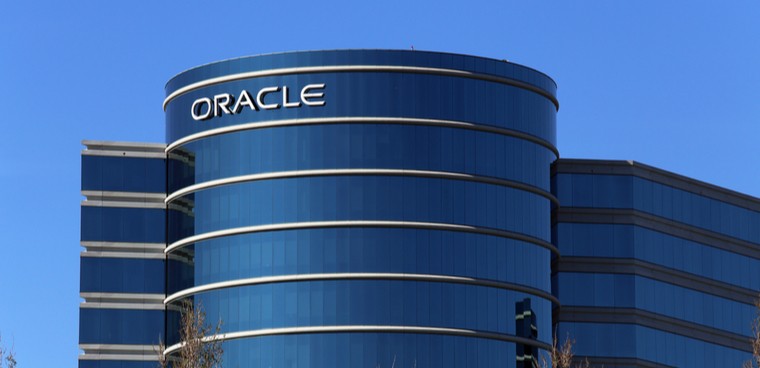Google wins decade-old software case against Oracle

The Supreme Court ruled that Google was within its rights to copy and repurpose 11,500 lines of Java software code in the Android mobile operating system.

Oracle headquarters in Redwood City, Calif. (Editorial credit: Katherine Welles / Shutterstock.com)
The Supreme Court ruled April 5 that Google was within its rights to copy and repurpose 11,500 lines of Java software code in the Android mobile operating system.
The ruling settles a long-running lawsuit about whether the "fair use" doctrine in copyright law has application to the world of software and programming. In the implementation under dispute, Google copied a Java application programing interface to support application development in Android.
According to the 6-2 ruling of the Supreme Court written by Justice Steven Breyer, the type of code used in the API fits the definition of the fair use exception because it was used in the creation of "transformative" software.
"To the extent that Google used parts of the Sun Java API to create a new platform that could be readily used by programmers, its use was consistent with that creative 'progress' that is the basic constitutional objective of copyright itself," the decision states.
Oracle, which brought the lawsuit in 2010 not long after acquiring the Java platform, blasted the ruling.
"The Google platform just got bigger and market power greater — the barriers to entry higher and the ability to compete lower," Dorian Daley, Oracle's executive vice president and general counsel, said in a statement. "They stole Java and spent a decade litigating as only a monopolist can. This behavior is exactly why regulatory authorities around the world and in the United States are examining Google's business practices."
Oracle had sought $9 billion in damages in the case, which has been wending through federal courts for more than a decade.
The court declined to rule on whether the code in the API was itself subject to copyright. Instead, the decision supposed that the material was protected by copyright and confined itself to a consideration of whether the use in question was fair.
However, the ruling contains a discussion of "implementing" code that commands a specific application and "declaring" code which communicates organizational information between applications. The ruling indicates that the declaring code is "further…from the core of copyright" than implanting code – potentially setting the stage for a future case on software copyright.
The majority support for fair use of computer code is good news for those in the computer industry who want to tap into functional declaring code to write programs that work across the device ecosystem.
Matt Schruers, president of the Computer & Communications Industry Association, called the ruling a "win for interoperability, copyright principles and the future of innovation." He added: "The high court's decision that fair use extends to the functional principles of computer code means companies can offer competing, interoperable products."
In a dissenting opinion, Justice Clarence Thomas wrote that the majority opinion's "fair-use analysis is wholly inconsistent with the substantial protection Congress gave to computer code."
"Properly considering that statutory text, Oracle's code at issue here is copyrightable, and Google's use of that copyrighted code was anything but fair," Thomas wrote.
Justice Samuel Alito joined Thomas in the dissent. Justice Amy Coney Barrett did not join in the ruling because she was not on the court when the case was argued.




